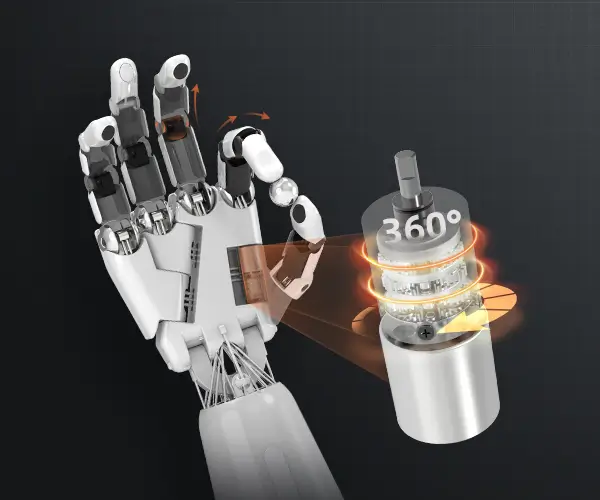part 1:
Unlocking Precision: The Fascinating Uses of a Servomotor in Modern Technology
In the vast landscape of modern engineering and automation, few components have revolutionized the way machines move and adapt quite like the servomotor. Compact yet powerful, these devices have become indispensable across a myriad of industries, enhancing the accuracy, speed, and reliability of automated systems. But what exactly makes a servomotor so special, and where can we find its applications in everyday life and high-tech industries?

At its core, a servomotor is a feedback-controlled motor capable of precise control of angular or linear position, velocity, and acceleration. Unlike simple motors that run continuously or turn in only one direction, servomotors operate within a closed-loop system, constantly adjusting their output based on real-time feedback. This allows for exceptional control over movements, making them ideal for intricate tasks demanding high precision.
Automated Manufacturing and Robotics
One of the most visible and vital uses of servomotors is in robotics. Industrial robots rely heavily on servomotors to perform tasks such as welding, assembly, packaging, and material handling. The reason is simple: in manufacturing lines, timing and accuracy are paramount. Whether it’s a robotic arm delicately placing tiny electronic components or welding car frames with millimeter precision, servomotors deliver the control needed for such meticulous work. Their ability to rapidly adjust their position with high repeatability means robots can perform complex sequences seamlessly, increasing productivity while reducing errors.
Additionally, in CNC (Computer Numerical Control) machining centers, servomotors enable the precise movement of cutting tools along multiple axes. This fine control ensures that parts are manufactured to exact specifications, reducing waste and improving quality. Here, the servomotor acts as the brains behind the mechanical motions, interpreting computer commands and translating them into fluid, precise movements.
Aerospace and Defense
The aerospace industry demonstrates one of the most demanding environments for servomotors. They are used in aircraft control surfaces—like flaps, elevators, and rudders—where accurate adjustments are critical for stability and maneuverability. The ability of servomotors to function reliably under extreme conditions—temperature fluctuations, vibrations, and rapid movements—makes them ideal for such applications.
In defense, servomotors are embedded in missile guidance systems, satellite positioning, and even in advanced weaponry. Their predictive control mechanisms help in maintaining alignment and target accuracy, often in hostile environments. Such applications highlight the robustness and precision capabilities of servomotors, cementing their position as vital components in aerospace technology.
Medical Devices and Automation
The healthcare sector also benefits enormously from servomotor technology. In medical imaging devices like MRI and CT scanners, servomotors are responsible for the precise positioning of imaging components and patient tables. This precise control improves image resolution and consistency, which is critical for accurate diagnoses.
Similarly, robotic surgical systems rely on servomotors to facilitate minimally invasive procedures. Surgeons operate these robots with extraordinary delicacy, thanks to the fine movements controlled by servomotors. Their ability to replicate human hand movements with high fidelity opens new horizons in surgical precision, reducing recovery times and improving patient outcomes.
Consumer Electronics and Home Automation
While perhaps less conspicuous, servomotors also play a role in consumer products. In camera autofocus systems, servomotors adjust lens positions rapidly to ensure crisp images every time. Similarly, in smart home devices such as automated curtains, robotic vacuum cleaners, or even home-motion control systems, these motors provide smooth, silent, and precise operations.
Conclusion of Part 1
As we see, the applications of servomotors extend far beyond a simple motor—these tiny powerhouses are central to the advancement of automation, safety, and precision in numerous fields. Whether driving the motion of a robotic arm, guiding an aircraft's control surface, or enabling delicate surgical procedures, they embody the perfect synergy between energy and control.
In the next segment, we will delve deeper into how specific industries harness the full potential of servomotors, explore innovative trends, and look at future prospects for these remarkable devices.
Would you like to proceed with part 2?
Established in 2005, Kpower has been dedicated to a professional compact motion unit manufacturer, headquartered in Dongguan, Guangdong Province, China.




































